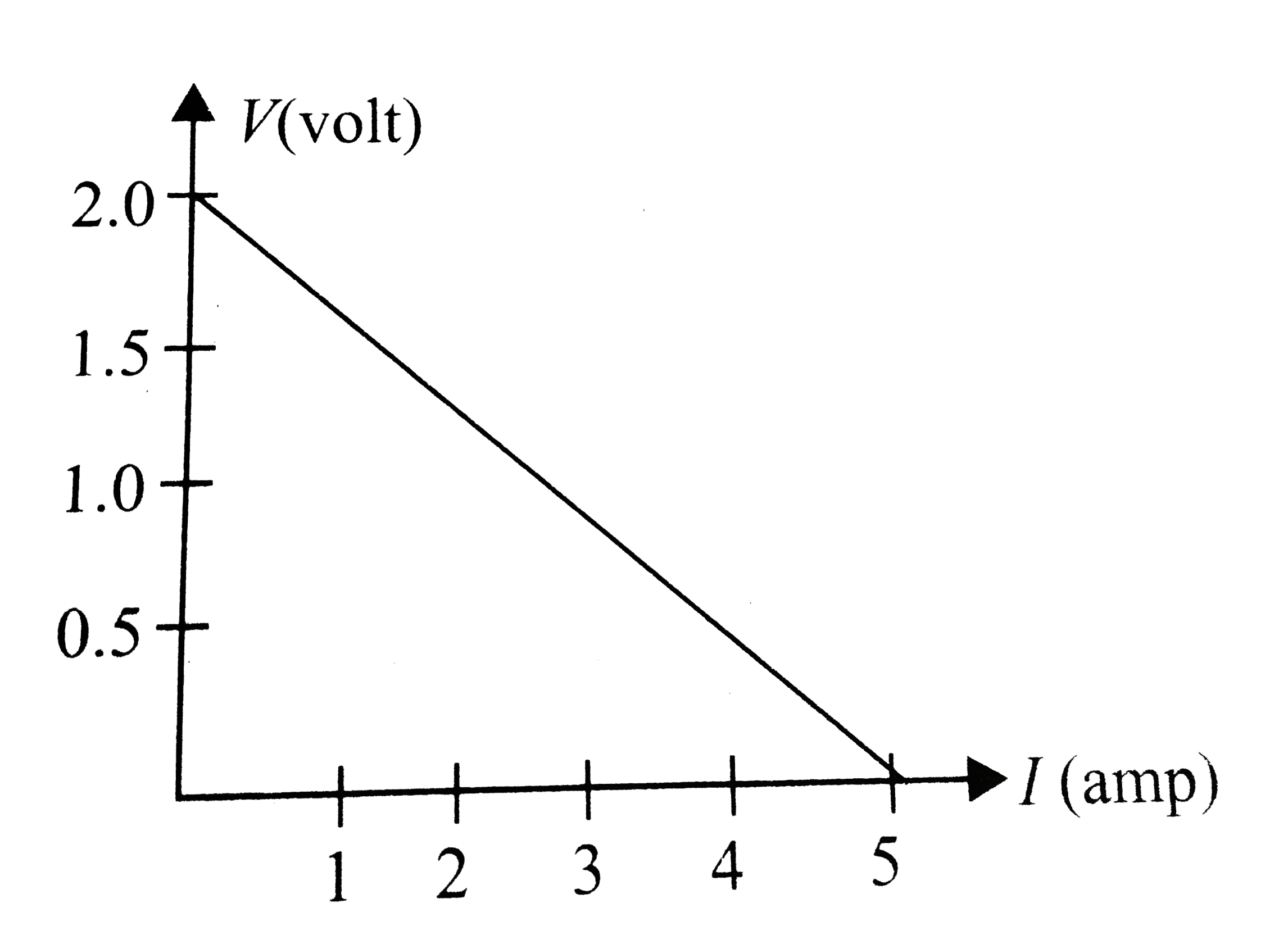Assertion :EMF of the cell is the potential difference between the electrode potentials of the cathode and anode when no current is drawn through the cell.
Reason: Anode is kept on the right side and cathode on the left side while representing the galvanic cell.
If both assertion and reason are true and reason is the correct explanation of assertion .
If both assertion and reason are true but reason is not the correct explanation of assertion .
If assertion is true but reason is false .
If both assertion and reason are false .
The correct Answer is:C
To solve the question, we need to evaluate both the assertion and the reason provided.
Step 1: Analyze the Assertion
The assertion states: "EMF of the cell is the potential difference between the electrode potentials of the cathode and anode when no current is drawn through the cell."
- Explanation: The EMF (Electromotive Force) of a galvanic cell is indeed defined as the potential difference between the cathode and anode when the cell is not supplying current. This is calculated using the formula:
Ecell=Ecathode−Eanode
Thus, the assertion is correct.
Step 2: Analyze the Reason
The reason states: "Anode is kept on the right side and cathode on the left side while representing the galvanic cell."
- Explanation: In a standard representation of a galvanic cell, the anode is placed on the left side and the cathode on the right side. For example, in a cell notation like:
Zn|Zn2+||Cu2+|Cu
Here, zinc (Zn) is the anode (oxidation occurs here) and is on the left, while copper (Cu) is the cathode (reduction occurs here) and is on the right. Therefore, the reason is incorrect.
Conclusion
- The assertion is true.
- The reason is false.
Thus, the correct answer is that the assertion is true but the reason is false.
Final Answer:
Assertion is true, Reason is false.
The assertion states: "EMF of the cell is the potential difference between the electrode potentials of the cathode and anode when no current is drawn through the cell."
Ecell=Ecathode−Eanode
The reason states: "Anode is kept on the right side and cathode on the left side while representing the galvanic cell."
Zn|Zn2+||Cu2+|Cu
- The assertion is true.
- The reason is false.
Assertion is true, Reason is false.
Topper's Solved these Questions
- ELECTROCHEMISTRYBook:NCERT FINGERTPS ENGLISHChapter:ELECTROCHEMISTRYExercise:Electrochemical Cell
Explore 1 Video
- ELECTROCHEMISTRYBook:NCERT FINGERTPS ENGLISHChapter:ELECTROCHEMISTRYExercise:Galvanic Cell
Explore 19 Videos
- ELECTROCHEMISTRYBook:NCERT FINGERTPS ENGLISHChapter:ELECTROCHEMISTRYExercise:EXEMPLAR PROBLEMS
Explore 17 Videos
- COORDINATION COMPOUNDS Book:NCERT FINGERTPS ENGLISHChapter:COORDINATION COMPOUNDS Exercise:Assertion And Reason
Explore 15 Videos
- GENERAL PRINCIPLES AND PROCESSES OF ISOLATION OF ELEMENTSBook:NCERT FINGERTPS ENGLISHChapter:GENERAL PRINCIPLES AND PROCESSES OF ISOLATION OF ELEMENTSExercise:Assertion And Reason
Explore 15 Videos
Similar Questions
Knowledge Check
The difference between the electrode potentials of two electrons when no current is drawn through the cell is called:
Acell potentialBcell emfCpotential differenceDcell voltage
The difference between the electrode potentials of two electrodes when no current is drawn through the cell is called:
View SolutionWhat is the relationship between potential difference across the terminalsof a cell and emf of the cell?
View SolutionFor a cell, the graph between the potential difference (V) across the terminals of the cells and the current I drawn from the cell is as shown in figure. Calculate the e.m.f. and the internal resistance of the cell.

View SolutionWrite the IUPAC notations of representing cathode , anode and galvanic cell.
View SolutionWhat is the relationship between potential difference across the terminals of a cell and emf of the cell ?
View SolutionFor a cell, a graph is plotted between the potential difference V across the terminals of the cell and the current I drawn the cell. The emf and the internal resistance of the cell are E and r, respectively. Then

View SolutionA cell of emf E is connected across a resistance R. The potential difference between the terminals of the cell is found to be V. The internal resistance of the cell must be -
View Solution



